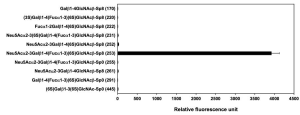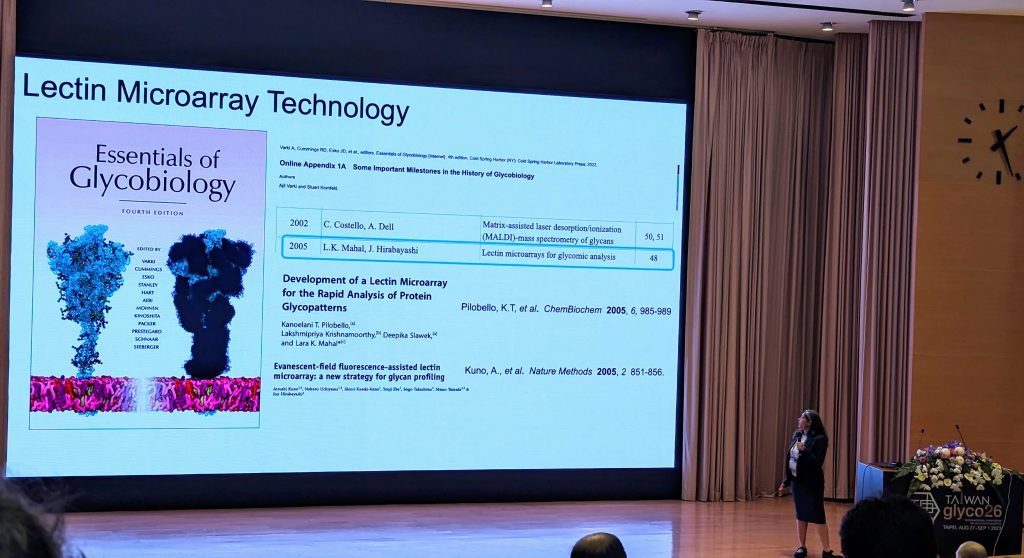An antibody for 6-sulfo sialyl Lewis x glycan
A group from Laboratory of Microbiology and Immunology, Graduate School of Pharmaceutical Sciences, Chiba University, Chiba, Japan, etc. has developed an antibody for 6-sulfo sialyl Lewis x glycan.
https://www.ncbi.nlm.nih.gov/pmc/articles/PMC10514285/
To obtain an anti-6-sulfo sLex mAb, GlcNAc6ST-1/-2 DKO mice were immunized with Chinese hamster ovary (CHO) cells stably expressing 6-sulfo sLex that had been transiently transfected with an expression vector encoding Cmah.
The purified antibody named SF1 was subjected to glycan array analysis using CFG Glyucan microarray, to determine the glycan-binding specificity of SF1 in detail. It was confirmed that SF1 specifically bound to 6-sulfo sLex (Glycan #253) among all glycans on the array as follows.

Lymphocyte homing to peripheral lymph nodes is critically dependent on the interaction between the homing receptor, L-selectin, expressed on the surface of lymphocytes and 6-sulfo sialyl Lewis x expressed on the surface of specialized endothelial venules. Since SF1 significantly blocks lymphocyte homing, future studies using SF1 will advance our understanding of the role of 6-sulfo sLex in disease including rheumatoid arthritis, Sjögren syndrome, and ulcerative colitis.

